Shahrokh Hamidi
Modeling and Analysis of Spatial and Temporal Land Clutter Statistics in SAR Imaging Based on MSTAR Data
Oct 04, 2024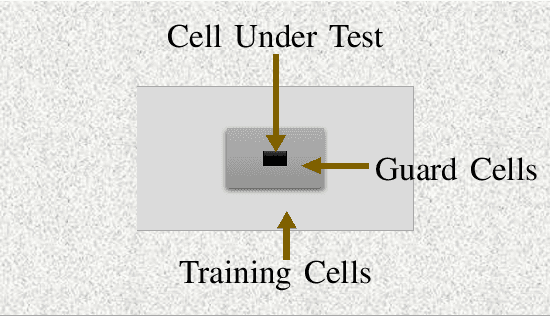
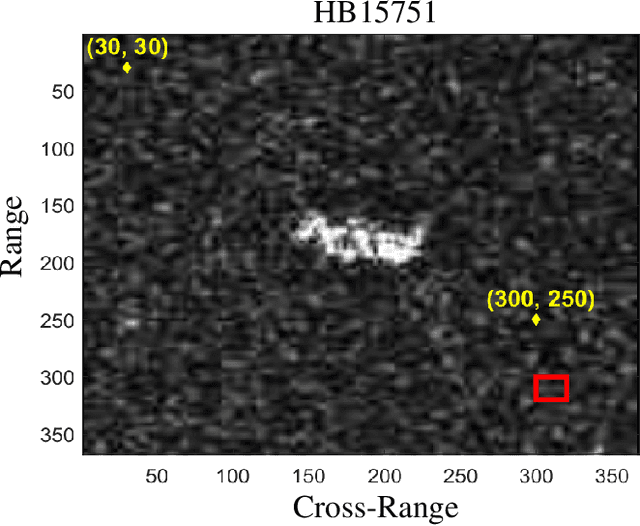
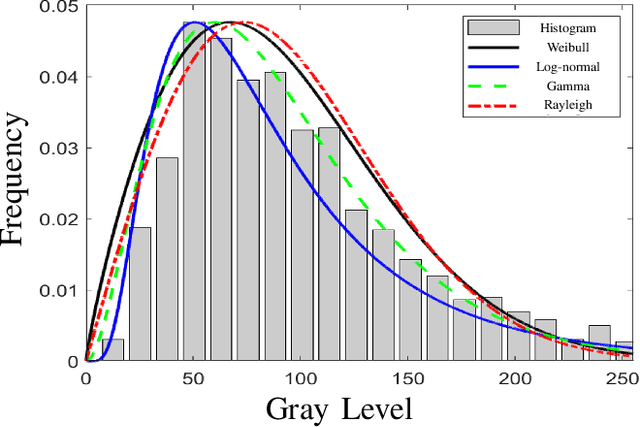
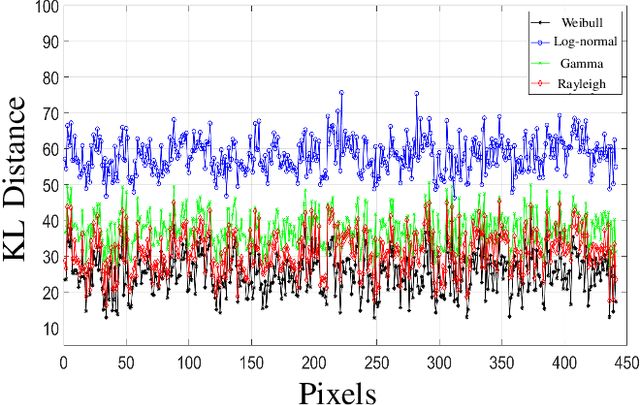
Abstract:The statistical analysis of land clutter for Synthetic Aperture Radar (SAR) imaging has become an increasingly important subject for research and investigation. It is also absolutely necessary for designing robust algorithms capable of performing the task of target detection in the background clutter. Any attempt to extract the energy of the desired targets from the land clutter requires complete knowledge of the statistical properties of the background clutter. In this paper, the spatial as well as the temporal characteristics of the land clutter are studied. Since the data for each image has been collected based on a different aspect angle; therefore, the temporal analysis contains variation in the aspect angle. Consequently, the temporal analysis includes the characteristics of the radar cross section with respect to the aspect angle based on which the data has been collected. In order to perform the statistical analysis, several well-known and relevant distributions, namely, Weibull, Log-normal, Gamma, and Rayleigh are considered as prime candidates to model the land clutter. The goodness-of-fit test is based on the Kullback-Leibler (KL) Divergence metric. The detailed analysis presented in this paper demonstrates that the Weibull distribution is a more accurate fit for the temporal-aspect-angle statistical analysis while the Rayleigh distribution models the spatial characteristics of the background clutter with higher accuracy. Finally, based on the aforementioned statistical analyses and by utilizing the Constant False Alarm Rate (CFAR) algorithm, we perform target detection in land clutter. The overall verification of the analysis is performed by exploiting the Moving and Stationary Target Acquisition and Recognition (MSTAR) data-set, which has been collected in spotlight mode at X-band, and the results are presented.
Target Detection in Sea Clutter with Application to Spaceborne SAR Imaging
Sep 03, 2024Abstract:In this paper, the challenging task of target detection in sea clutter is addressed. We analyze the statistical properties of the signals received from the scene and based on that, we model the amplitude of the signals reflected from the sea clutter according to the Weibull distribution. Subsequently, we utilize the aforementioned information to design an adaptive threshold based on the Constant False Alarm Rate (CFAR) algorithm to detect the energy of the targets which have been buried in the sea clutter. Thorough analysis of the experimental data gathered from the Canadian RADARSAT-1 satellite demonstrates the overall effectiveness of the proposed method.
High Resolution Millimeter Wave Imaging Based on FMCW Radar Systems at W-Band
Jun 26, 2024Abstract:In this paper, we present a unique $\text {2D}$ high resolution, compact, low-cost, low-weight, and highly accurate millimeter wave (mm-Wave) imagery system capable of operating in all weather conditions. We describe mm-Wave imaging process in detail and present several novel signal processing methods with their applications. To create the array, we utilize the Synthetic Aperture Radar (SAR) concept. The imagery system presented in this work, can strongly compete with Lidar systems as the reolution limit is at the same level. Furthermore, in contrast to the Lidar systems, our imagery system can operate in heavy rain and dense fog and produce high quality images. We use our custom-made Frequency Modulated Continuous Wave (FMCW) radar operating at W-band with $\text {33 GHz}$ bandwidth for data collection and present the results.
3D Near-Field Virtual MIMO-SAR Imaging using FMCW Radar Systems at 77 GHz
Aug 30, 2022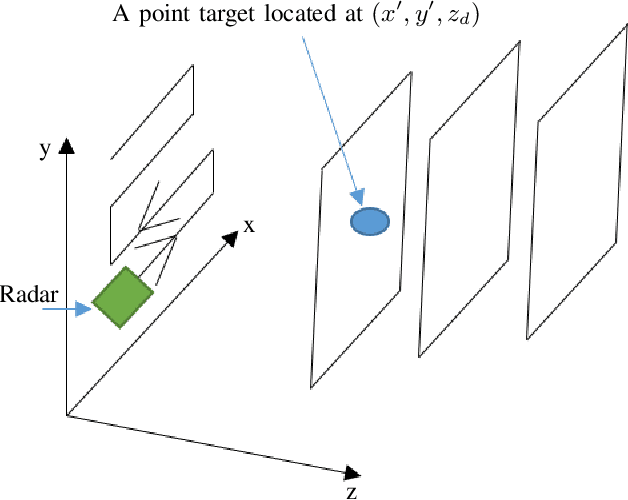
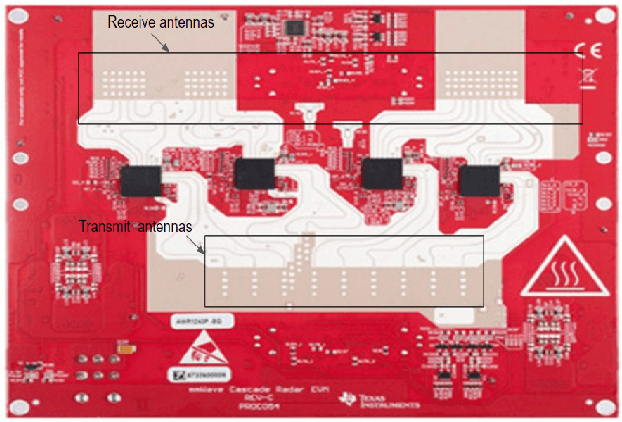
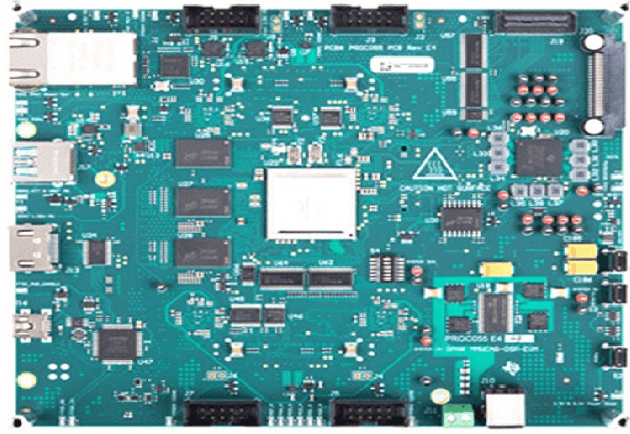
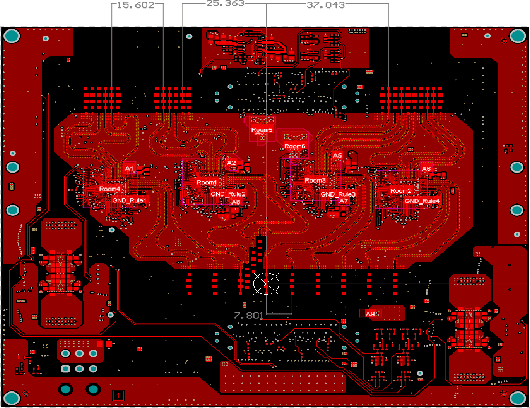
Abstract:In this paper, we present 3D high resolution radar imaging at millimeter-Wave (mmWave) frequencies via a combination of virtual Multiple Input Multiple Output (MIMO) Frequency Modulated Continuous Wave (FMCW) Radars with Synthetic Aperture Radar (SAR) which results in a low cost and high speed 3D mmWave imagery system with low complexity.
Millimeter-Wave Circular Synthetic Aperture Radar Imaging
Dec 22, 2020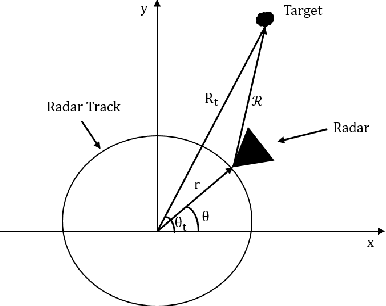
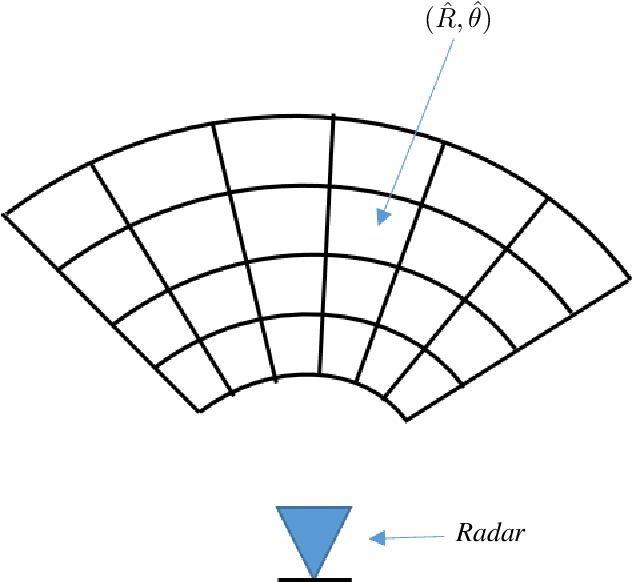
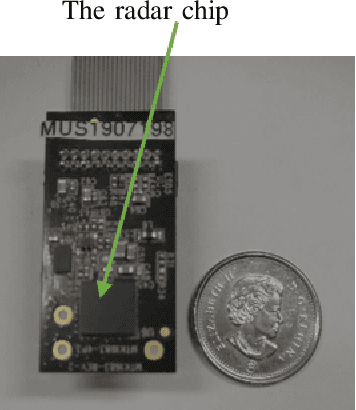
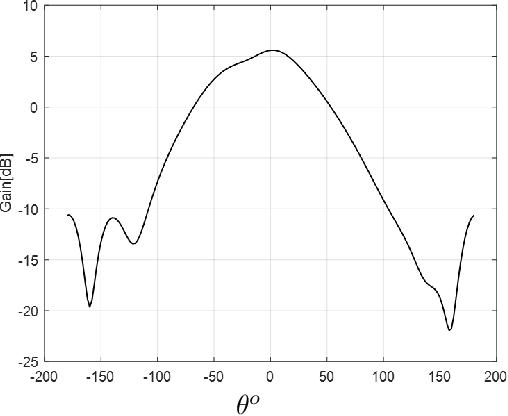
Abstract:In this paper, we present a high resolution microwave imaging technique using a compact and low cost single channel Frequency Modulated Continuous Wave (FMCW) radar based on Circular Synthetic Aperture Radar (CSAR) technique. We develop an algorithm to reconstruct the image from the raw data and analyse different aspects of the system analytically. Furthermore, we discuss the differences between the proposed systems in the literature and the one presented in this work. Finally, we apply the proposed approach to the experimental data collected from a single channel FMCW radar operating at $\rm 79 \;GHz$ and present the results.
 Add to Chrome
Add to Chrome Add to Firefox
Add to Firefox Add to Edge
Add to Edge